In this week’s episode, Jim and Jan address some listener and client questions on the topic of accountability and ownership. They discuss how to get people to do what they say they are going to do; who actually is accountable for getting people to be accountable in the first place; why someone may not take ownership; and what leaders can do better to foster a culture of both personal accountability and organizational design in the workplace.
[2:41] Q: I struggle with coaching my team to be more accountable. Why is that, and how can I get better?
A: Jim works with clients to create what he calls “constructs for dialogue”. These are a select view of things that show people what is important, and then help build positive dialogue and consistent check ins on how progress is going. Leaders often fail to spend the necessary time defining our internal expectations of success, urgency and ownership. Once people learn to be accountable in one part of their role and know exactly how to measure it, it will bleed into all other parts of the organization.
[6:00] Being a leader doesn’t mean having the responsibility of keeping track of everyone’s accountability and progress. It means you must teach people how to show their own progress in a measurable and consistent system.
[7:13] When we frame accountability as a promise, people are more likely to show up and follow through. Leaders must show that there are both good and bad consequences based upon keeping or breaking a promise.
[8:33] Q: I struggle with letting go of authority and ownership of projects and decisions. What should I do?
A: There is a connection between proper delegation and ownership. Leaders must let people own their issue.
[10:28] We can’t control other people, however we can control how we respond, the questions we ask and how we may be showing up to get the situations that are reflected back at us. Whether it’s personal or from a systems perspective, we must first take a look at ourselves when asking others to be accountable.
[13:06] Much like designing a road or intersection, we need to design organizations to get people where they need to go easily.
[15:20] Q: How do I identify and develop a strategy for someone to take ownership of their project? Why wouldn’t someone take ownership of the project?
A: There are many reasons why someone may not take ownership: lack of confidence, competence, fear of reprisal, confusion of the timeline or standard, or they just straight up may not be motivated. Good leaders ask questions to find where the problems are, and what areas can be adjusted.
[21:21] A coach or mentor can help provide a different perspective and give a fresh new answer that will help you progress and move forward.
[24:22] Q: The person I am meeting with has ranked him or herself higher than what I believe is their operating level. How do I deliver this message in a positive yet honest manner?
A: Gaining self-awareness from feedback loops is very important, and that is the responsibility of the leader. Yes, we have to adjust and level set, but the first thing is to look at what feedback loops are established, and how they could be eased into a more self aware condition.
[29:05] When in doubt of what to say next, “oh?” with disciplined silence will prompt someone to say something that contains what you need to focus on next.
How to Contact Jim & Jan
- “Shared accountability has to be intentional. It can’t exist in a vacuum.”
- “None of us want to break a promise,
- “There must be consequences.”
- “We can’t control others, but we can influence them.”
- “People support what they help create.”
- “There is power in disciplined silence.”
Additional Mentions:
- Stop Wasting Money on Team Building
- Ep 061: The Six Observations Leaders Make
- Ep 047: Insights on How Individual Self-Awareness Affects Team Performance

These are the books mentioned in Jim and Jan’s podcasts.
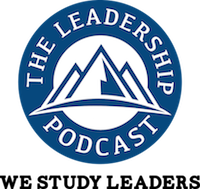






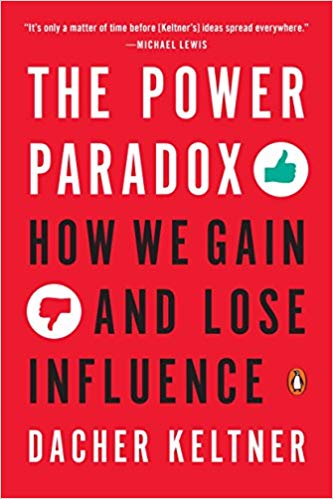










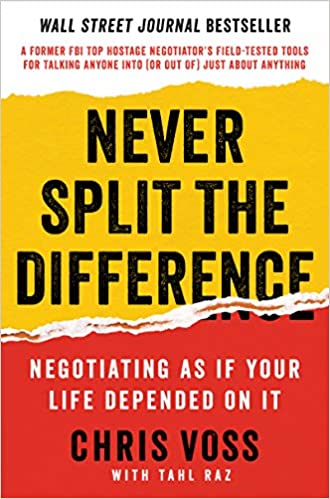

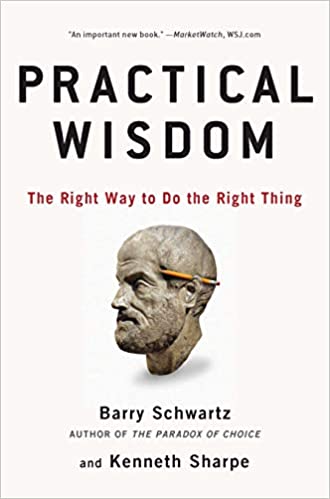
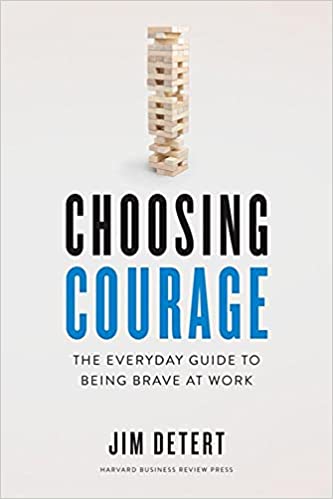


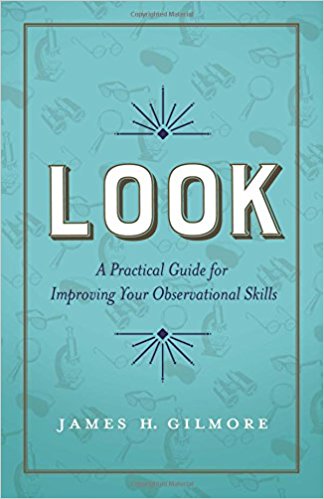

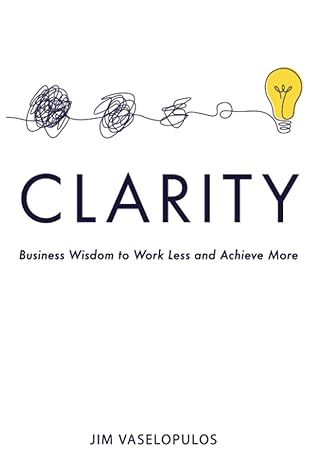







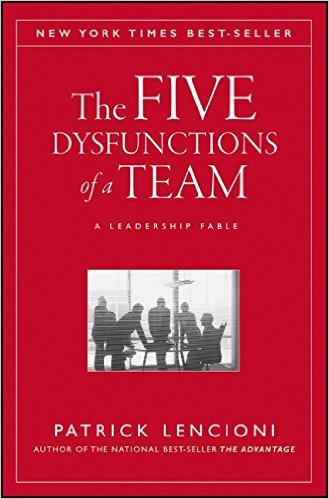



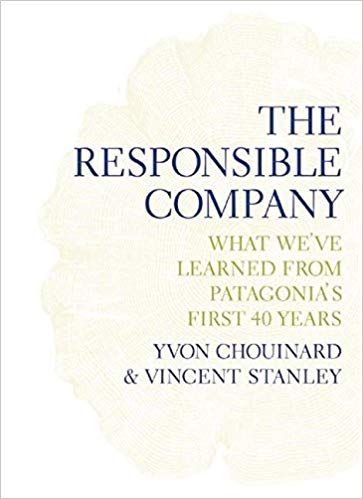




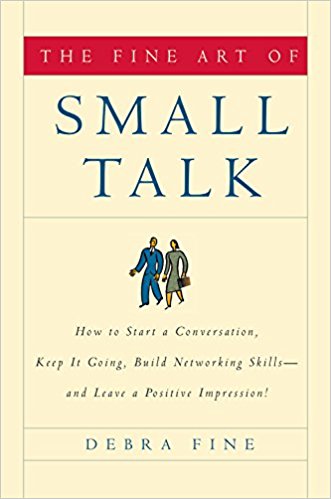
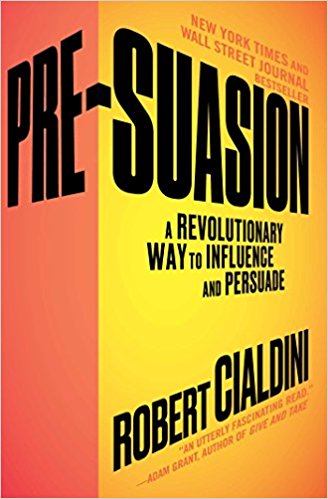
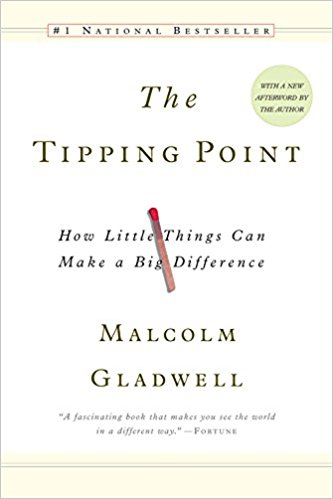







Recent Comments